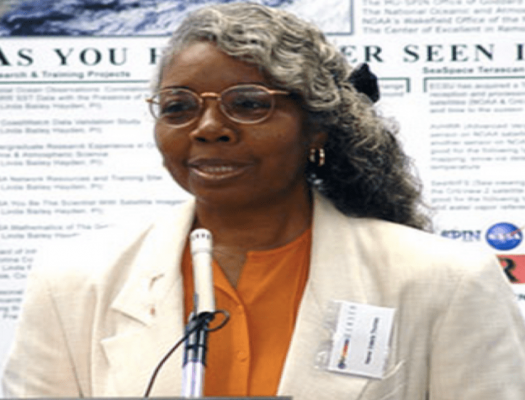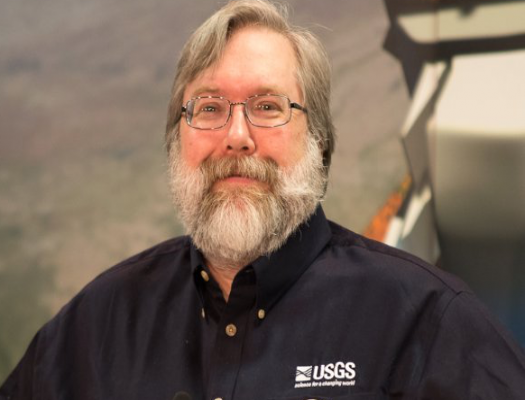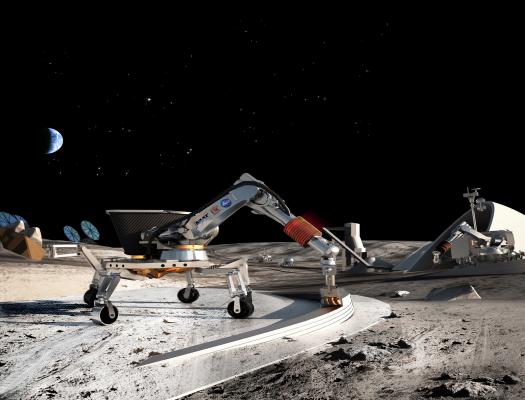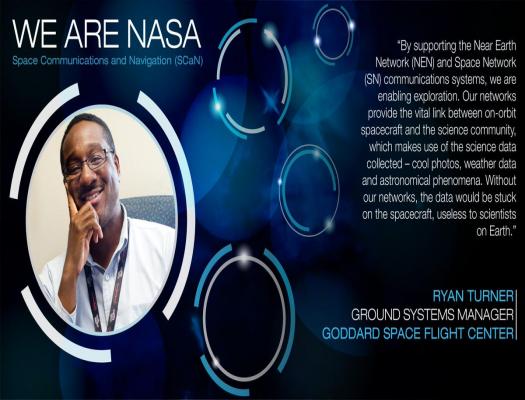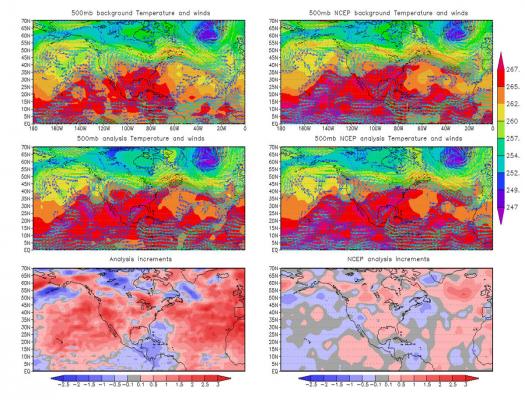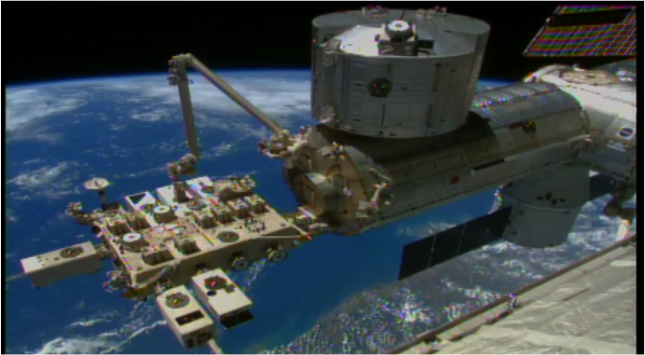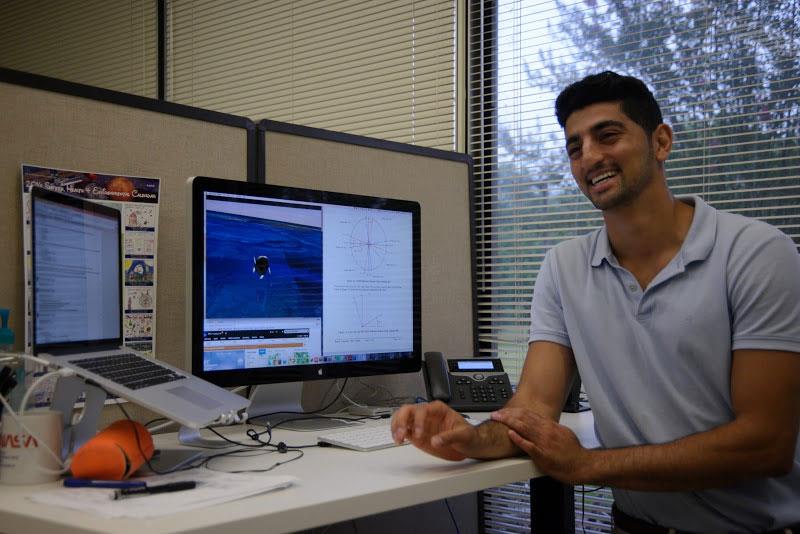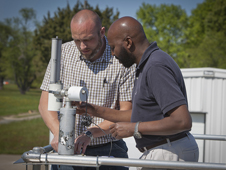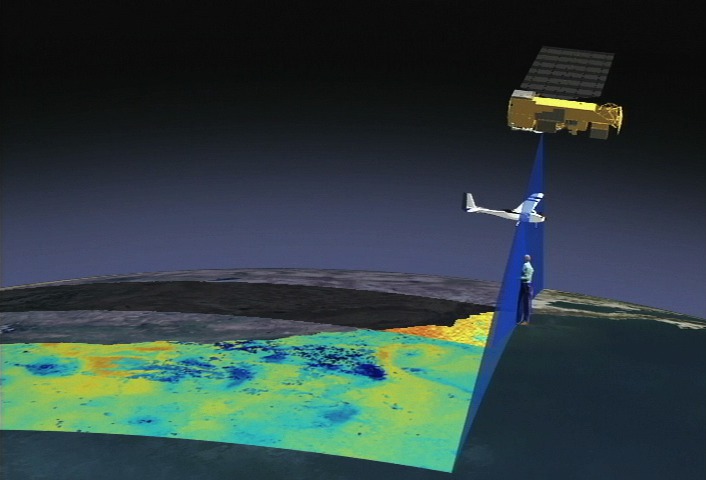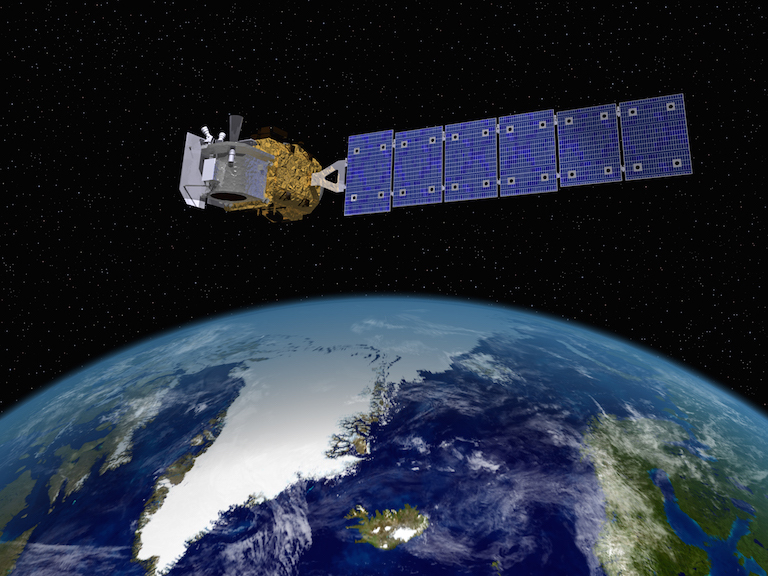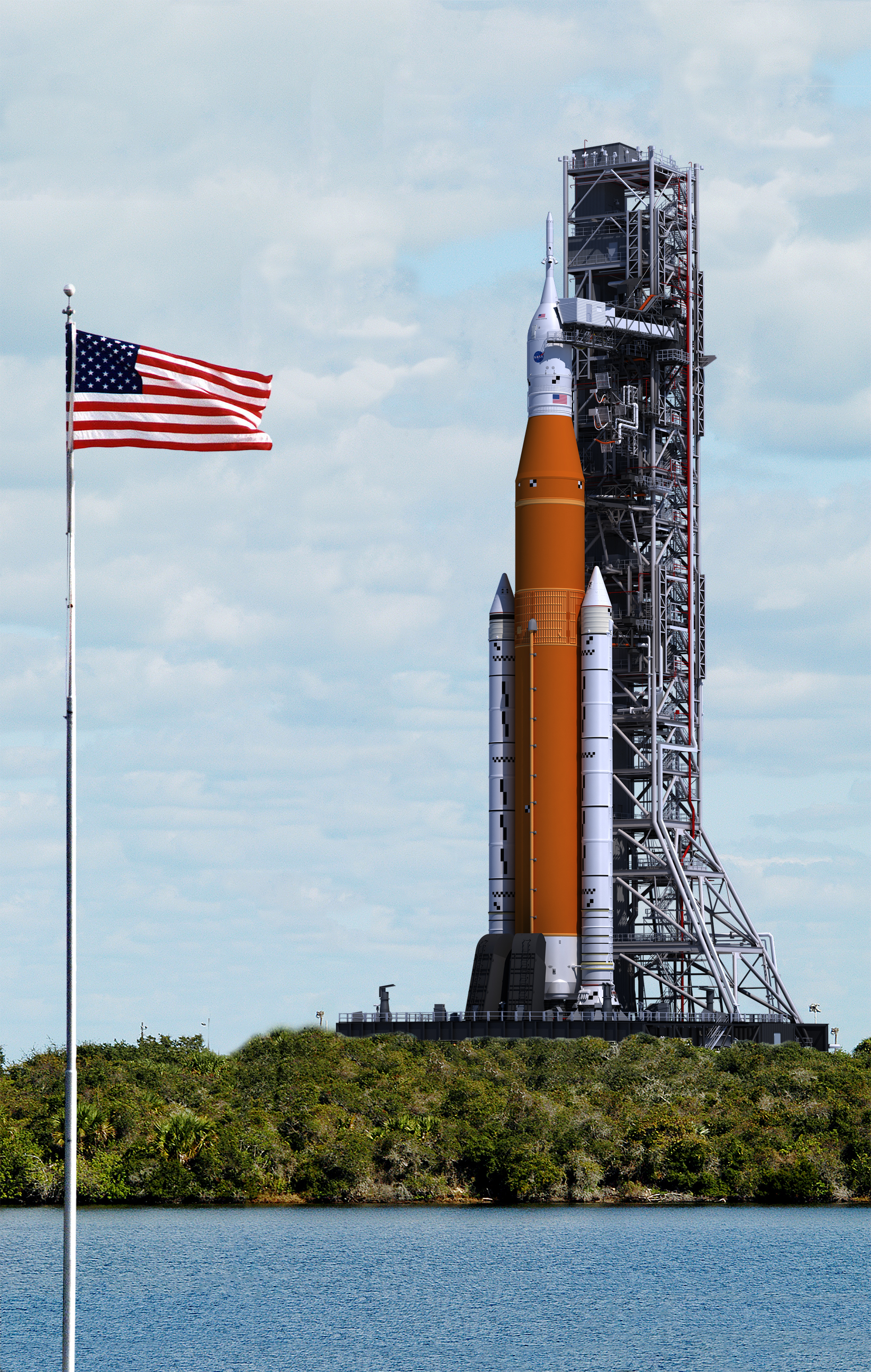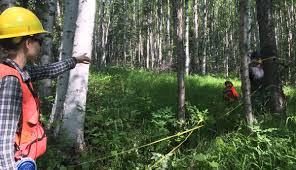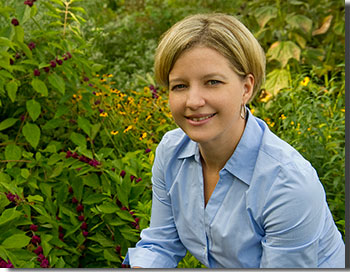LIDAR Remote Sensing Technologists uses remote sensing strategies to analyze data to solve problems in areas across the globe. They use LIDAR - Light Detection and Ranging - as a method of remote sensing to examine the surface of the Earth.
loading Geosphere...
Featured STEM Career Connections
Soil Conservation Technicians collect and manage survey data for conservation, develop a plan to implement conservation actions, and supervise fieldwork. Their work starts with developing physical resource plans and documents on the history of the land.
A model analyst develops models to help visualize, observe, and predict complicated data. Model analysis is the process of taking large amounts of data and separate it into a structure that makes it intelligible to the binary process of computers.
Atmospheric scientists study the weather and climate and examine how those conditions affect human activity and the earth in general. Most atmospheric scientists work indoors in weather stations, offices, or laboratories.
Remote sensing scientists use sensors to analyze data and solve regional, national and global concerns. For instance, natural resource management, urban planning, and climate and weather prediction are applications of remote sensing.
Soil scientists study the physical and chemical properties of soil. A soil scientist reviews the distribution, origin, and history of soil and plants, as well as identifying, interpreting, mapping and/or managing soils. This field is commonly applied for agricultural purposes.
A Data Support Specialist works with the user community to understand their science needs with the goal of providing support for NASA data and information services. They represent the user in product development and development resources to assist with the user community's needs.
Civil engineers design, develop, and construct community projects that serve the general public such as roads, bridges, damns, tunnels, water supply systems, etc. The designs include but are not limited to many fields such as hydraulics, thermodynamics, or nuclear physics.
Botanists research plant characteristics like their physiological processes, their evolutionary history, resistance to disease, relationships to other parts of the Biosphere or sphere within the Earth System.
Learn about how Janine Pollack, an Environmental Engineer, got her start at NASA and the kinds of work she does as an engineer.


